Genome-wide transcriptomics of aging in the rotifer Brachionus manjavacas, an emerging model system
- PMID: 28249563
- PMCID: PMC5333405
- DOI: 10.1186/s12864-017-3540-x
Genome-wide transcriptomics of aging in the rotifer Brachionus manjavacas, an emerging model system
Abstract
Background: Understanding gene expression changes over lifespan in diverse animal species will lead to insights to conserved processes in the biology of aging and allow development of interventions to improve health. Rotifers are small aquatic invertebrates that have been used in aging studies for nearly 100 years and are now re-emerging as a modern model system. To provide a baseline to evaluate genetic responses to interventions that change health throughout lifespan and a framework for new hypotheses about the molecular genetic mechanisms of aging, we examined the transcriptome of an asexual female lineage of the rotifer Brachionus manjavacas at five life stages: eggs, neonates, and early-, late-, and post-reproductive adults.
Results: There are widespread shifts in gene expression over the lifespan of B. manjavacas; the largest change occurs between neonates and early reproductive adults and is characterized by down-regulation of developmental genes and up-regulation of genes involved in reproduction. The expression profile of post-reproductive adults was distinct from that of other life stages. While few genes were significantly differentially expressed in the late- to post-reproductive transition, gene set enrichment analysis revealed multiple down-regulated pathways in metabolism, maintenance and repair, and proteostasis, united by genes involved in mitochondrial function and oxidative phosphorylation.
Conclusions: This study provides the first examination of changes in gene expression over lifespan in rotifers. We detected differential expression of many genes with human orthologs that are absent in Drosophila and C. elegans, highlighting the potential of the rotifer model in aging studies. Our findings suggest that small but coordinated changes in expression of many genes in pathways that integrate diverse functions drive the aging process. The observation of simultaneous declines in expression of genes in multiple pathways may have consequences for health and longevity not detected by single- or multi-gene knockdown in otherwise healthy animals. Investigation of subtle but genome-wide change in these pathways during aging is an important area for future study.
Keywords: Aging; Monogonont; RNA-Seq; Rotifer; Transcriptome.
Figures
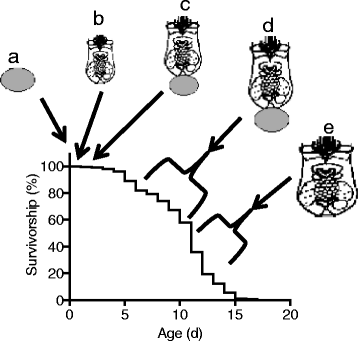





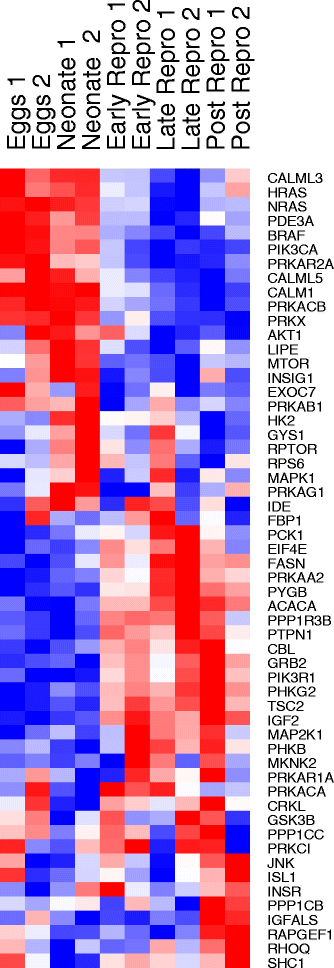
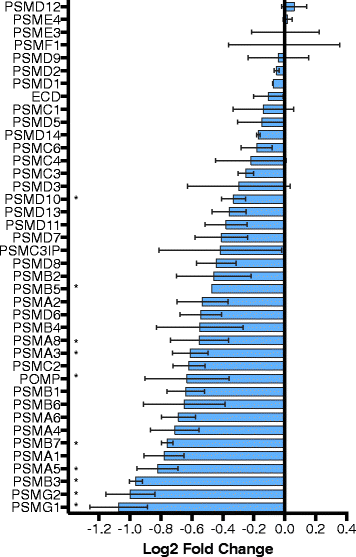
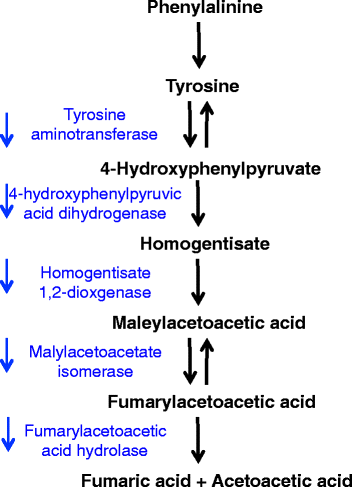

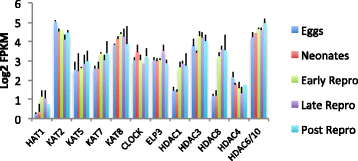

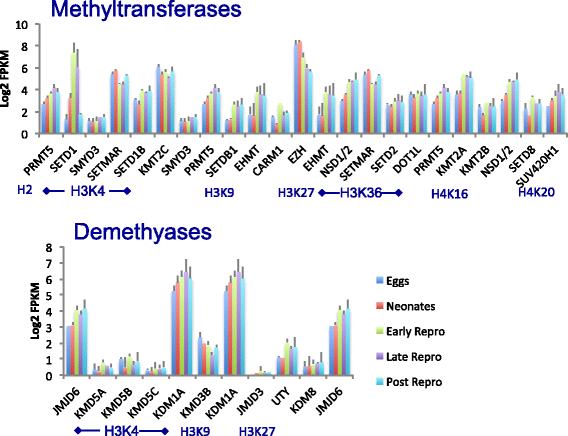
Similar articles
-
Brachionus rotifers as a model for investigating dietary and metabolic regulators of aging.Nutr Healthy Aging. 2021 Jan 20;6(1):1-15. doi: 10.3233/NHA-200104. Nutr Healthy Aging. 2021. PMID: 33709041 Free PMC article. Review.
-
Moderately lower temperatures greatly extend the lifespan of Brachionus manjavacas (Rotifera): Thermodynamics or gene regulation?Exp Gerontol. 2016 Jun;78:12-22. doi: 10.1016/j.exger.2016.02.014. Epub 2016 Mar 3. Exp Gerontol. 2016. PMID: 26939542 Free PMC article.
-
Whole transcriptome analysis of the monogonont rotifer Brachionus koreanus provides molecular resources for developing biomarkers of carbohydrate metabolism.Comp Biochem Physiol Part D Genomics Proteomics. 2015 Jun;14:33-41. doi: 10.1016/j.cbd.2015.02.003. Epub 2015 Feb 23. Comp Biochem Physiol Part D Genomics Proteomics. 2015. PMID: 25746681
-
Comparative transcriptome analysis of obligately asexual and cyclically sexual rotifers reveals genes with putative functions in sexual reproduction, dormancy, and asexual egg production.BMC Genomics. 2013 Jun 19;14:412. doi: 10.1186/1471-2164-14-412. BMC Genomics. 2013. PMID: 23782598 Free PMC article.
-
The molecular mechanisms of life history alterations in a rotifer: a novel approach in population dynamics.Comp Biochem Physiol B Biochem Mol Biol. 2003 Dec;136(4):715-22. doi: 10.1016/s1096-4959(03)00286-0. Comp Biochem Physiol B Biochem Mol Biol. 2003. PMID: 14662296 Review.
Cited by
-
Small, but surprisingly repetitive genomes: transposon expansion and not polyploidy has driven a doubling in genome size in a metazoan species complex.BMC Genomics. 2019 Jun 7;20(1):466. doi: 10.1186/s12864-019-5859-y. BMC Genomics. 2019. PMID: 31174483 Free PMC article.
-
Brachionus rotifers as a model for investigating dietary and metabolic regulators of aging.Nutr Healthy Aging. 2021 Jan 20;6(1):1-15. doi: 10.3233/NHA-200104. Nutr Healthy Aging. 2021. PMID: 33709041 Free PMC article. Review.
-
Within species expressed genetic variability and gene expression response to different temperatures in the rotifer Brachionus calyciflorus sensu stricto.PLoS One. 2019 Sep 30;14(9):e0223134. doi: 10.1371/journal.pone.0223134. eCollection 2019. PLoS One. 2019. PMID: 31568501 Free PMC article.
-
Efficient RNA interference method by feeding in Brachionus plicatilis (Rotifera).Biotechnol Lett. 2024 Dec;46(6):961-971. doi: 10.1007/s10529-024-03524-w. Epub 2024 Sep 5. Biotechnol Lett. 2024. PMID: 39235648
-
Metformin and Dietary Restriction Counteract Aging via Reducing m6A-Dependent Stabilization of Methionine Synthase mRNA in Brachionus asplanchnoidis (Rotifera).Aging Cell. 2025 Aug;24(8):e70113. doi: 10.1111/acel.70113. Epub 2025 May 27. Aging Cell. 2025. PMID: 40424068 Free PMC article.
References
Publication types
MeSH terms
Substances
Grants and funding
LinkOut - more resources
Full Text Sources
Other Literature Sources
Medical
Molecular Biology Databases

